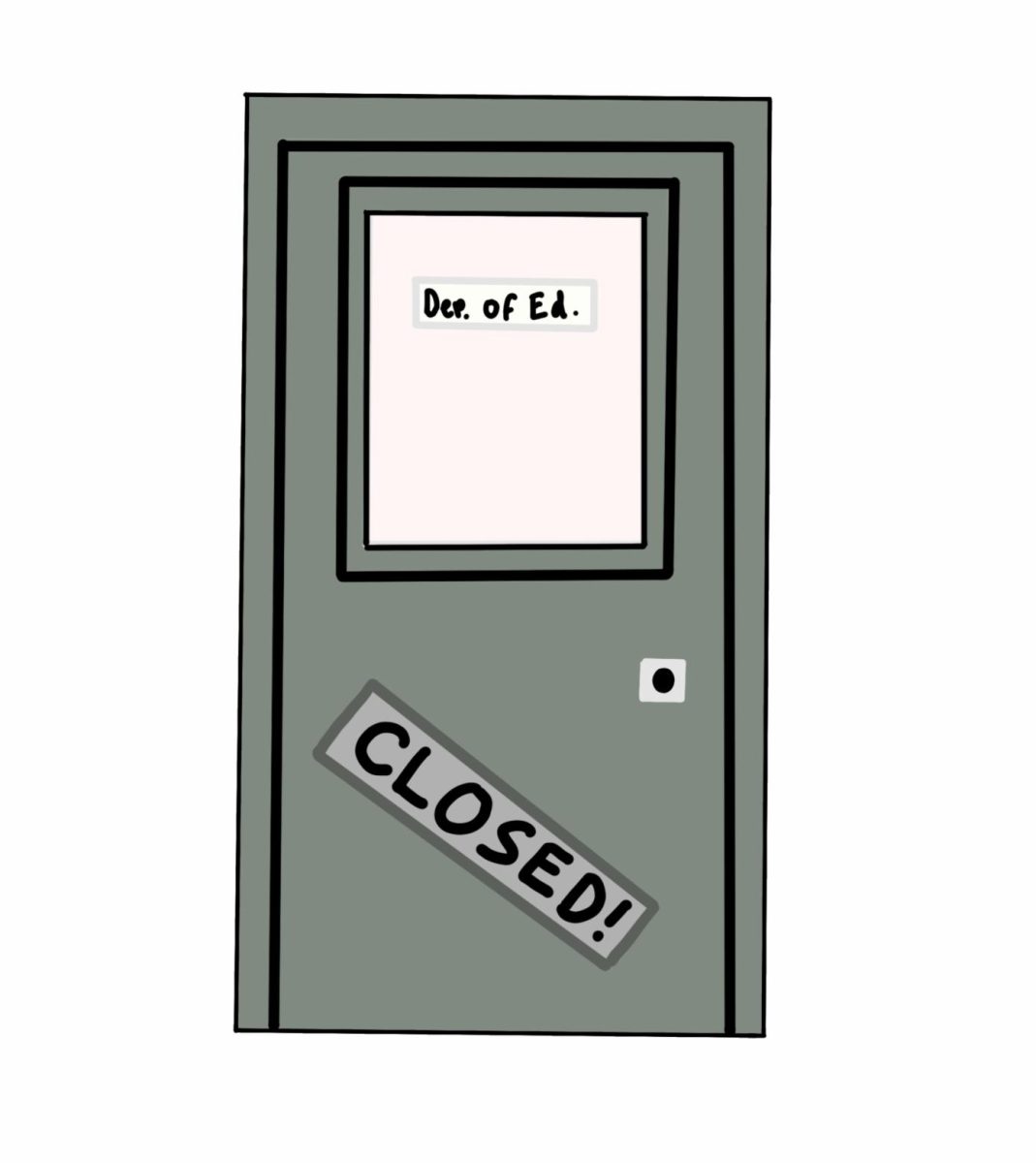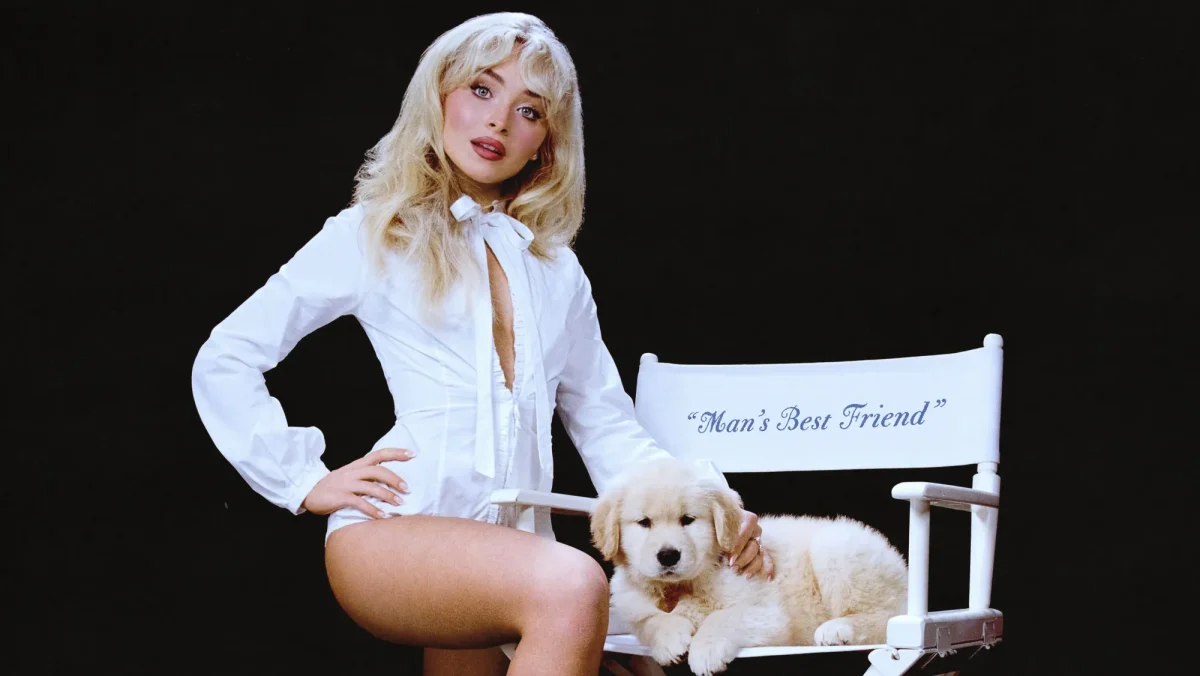“The OA” Netflix series review
January 15, 2017
Following the irresistibly binge-worthy Netflix series “Stranger Things”, “The OA” is the most recent unavoidable series with an even fresher, exotic spin on supernatural powers. Netflix continues on with its bizarre trend of unpredictable show arrivals, choosing to release this single series of eight, hour-long episodes Dec. 16 2016, with virtually no advance warning.
After going missing for seven years, a young woman surprises everyone by turning up with the urge to deliver a story full of mystery and horror at every turn. That’s the premise of this eight episode show, starring Brit Marling. The show was co-written by the actress herself, along with the show’s director, Zal Batmanglij. The two are not strangers, previously collaborating on the films “Sound of My Voice” and “The East”.
Marling plays a character named Prairie, who vanished seven years before the start of the show, now making an abrupt reappearance as the victim of an abduction. Upon Prairie’s return, she has mysterious new abilities and recruits five strangers for a secret mission. Her questionable behavior in this first episode is minuscule in relation to her upcoming tall tales of misadventures and discoveries. Marling’s character is alleviated of her childhood blindness and has strange scarring on her back and insists on being called “The OA,” hence the title of the series.
Marling and Batmanglij could be implicated for possibly compiling a couple of the show’s twists from other sources. The plot of “The OA”, is quite similar to the science fiction-infused “Stranger Things”, although the two shows are otherwise very different. Both deal with experiences in a parallel universe, but “The OA” tries to intertwine myth with reality in order to grab the attention of the viewer, possibly seeming quite disturbing along the way. For the most part, “The OA” very much inhabits its own world filled with incredibly original ideas. Marling and Batmanglij stretch their combined imaginations so far and challenge the viewer’s perception of what is supposed to make an acceptable television series.
























